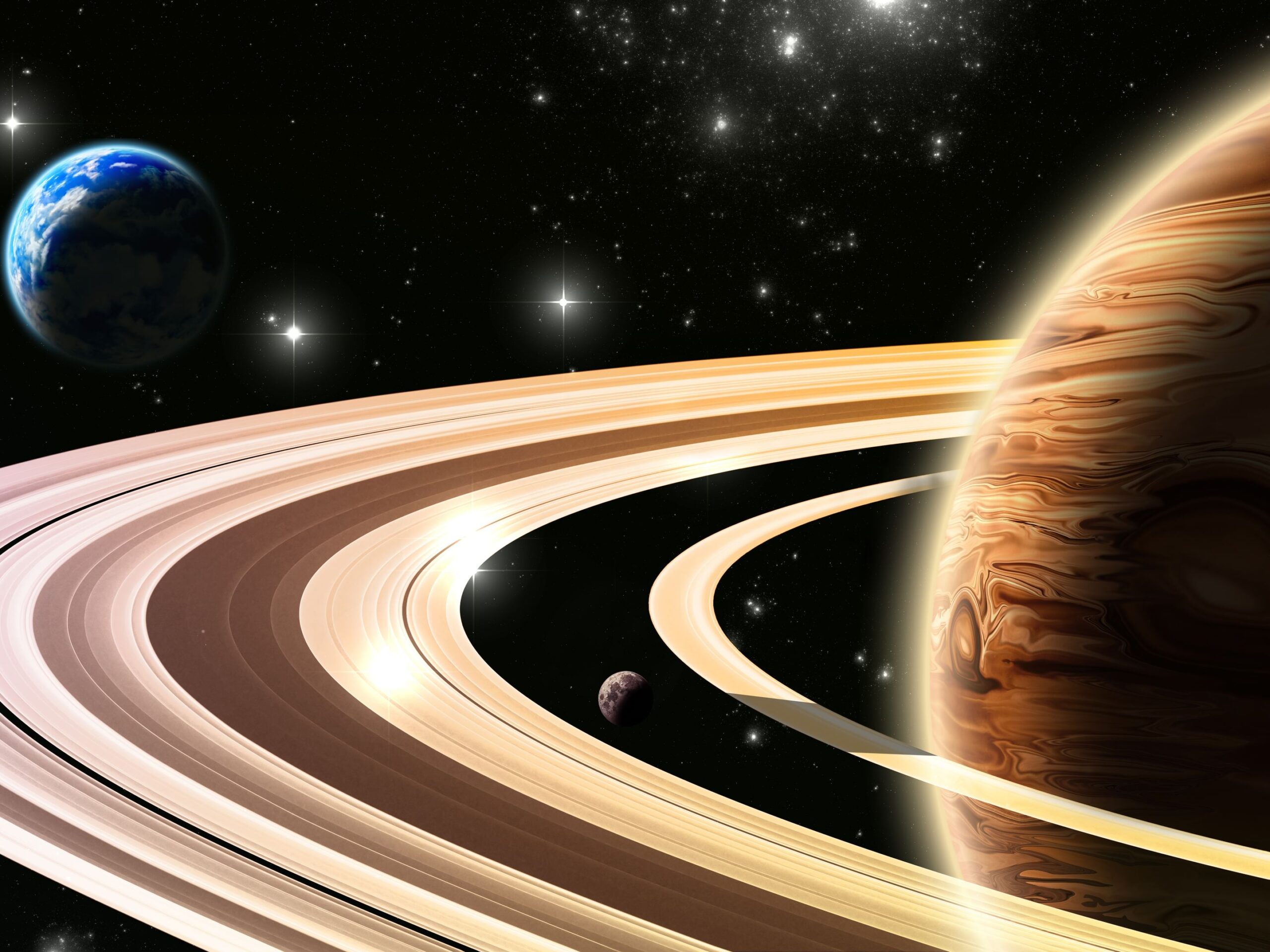In what could become a groundbreaking milestone in the hunt for extraterrestrial life, researchers using the James Webb Space Telescope have detected compelling chemical markers in the atmosphere of a distant planet, suggesting the presence of life-supporting conditions.
According to a report by Reuters, the space observatory picked up traces of two gases — dimethyl sulfide (DMS) and dimethyl disulfide (DMDS) — surrounding the exoplanet K2-18 b. On Earth, these compounds are known to be produced exclusively by biological sources, primarily marine microorganisms such as phytoplankton.
The findings have sparked excitement among scientists, with some suggesting that the planet could host microbial ecosystems. However, the researchers emphasized caution, clarifying that this is not a confirmation of life but rather a potential biosignature — a chemical indication of life-related activity. They underscored the need for additional data to support the discovery.
“These are the first hints of an alien world that is possibly inhabited,” said astrophysicist Nikku Madhusudhan, the study’s lead author from the University of Cambridge’s Institute of Astronomy. The research appears in the Astrophysical Journal Letters.
“This is a transformational moment in the search for life beyond the solar system, where we have demonstrated that it is possible to detect biosignatures in potentially habitable planets with current facilities. We have entered the era of observational astrobiology,” Madhusudhan added.
While life-hunting missions within our solar system continue — exploring potential habitats on Mars, Venus, and various icy moons — the discovery around K2-18 b marks a leap forward in identifying habitable conditions on worlds beyond.
The exoplanet, located about 120 light-years from Earth, is more than eight times Earth’s mass and about 2.6 times wider in diameter, classifying it as a “Hycean” world — a type of planet thought to have oceans and a hydrogen-rich atmosphere.
The promising results from Webb may pave the way for more targeted studies in the coming years, possibly bringing humanity closer to answering one of its oldest questions: are we alone in the universe?






